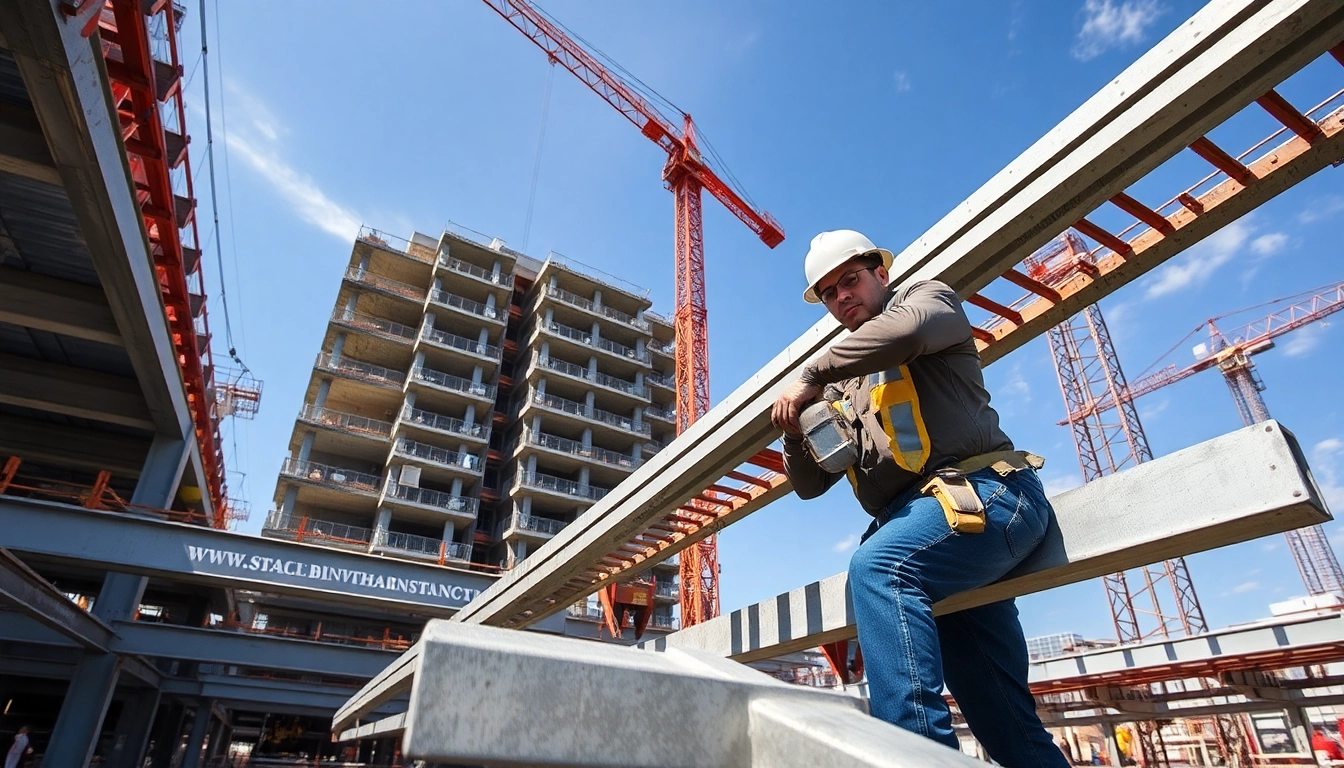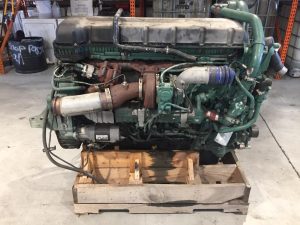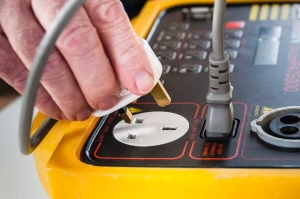Mastering Structural Steel Installation: Techniques, Challenges, and Best Practices
Understanding the Basics of Structural Steel Installation
What is Structural Steel Installation?
Structural steel installation refers to the methods and processes involved in the assembly of steel components to create a stable and durable framework for buildings, bridges, and other structures. It encompasses everything from the initial site preparation to the final placement of steel elements. This process is critical not only for ensuring the integrity of the structure but also for meeting safety standards and building codes. The significance of structural steel installation lies in its ability to create frameworks that can support heavy loads while being resistant to various environmental factors.
Key Components and Materials Used
The primary materials utilized in structural steel installation include various grades of steel, which are selected based on their mechanical properties and intended uses. Common forms of steel components include beams, columns, trusses, and plates. Other essential materials involved in the installation process are:
- Welding Electrodes: For joining steel sections through welding processes.
- Bolts and Fasteners: For mechanical connections providing strong joints under tension and shear.
- Protective Coatings: Such as paint or galvanization to prevent corrosion and extend the lifespan of steel structures.
- Connecting Elements: Plates and brackets used to facilitate the connection between various structural components.
Common Applications and Benefits
Structural steel is widely used in several applications due to its high strength-to-weight ratio and versatility. The benefits of using structural steel in construction include:
- Structural Integrity: Steel provides excellent load-bearing capacity and can withstand various stresses, making it ideal for large spans without intermediate supports.
- Fast Construction: Prefabrication of steel components allows for quicker assembly on-site, reducing overall project timelines.
- Design Flexibility: The adaptability of steel allows for innovative and aesthetically pleasing architectural designs.
- Recyclability: Structural steel is a sustainable option as it can be recycled without losing its properties, contributing to green building initiatives.
Planning for Structural Steel Installation
Site Assessment and Preparation Steps
A comprehensive site assessment is critical in planning for structural steel installation. This includes evaluating soil conditions, topography, and existing infrastructure. Key steps to perform during site preparation include:
- Geotechnical Surveys: Conduct tests to determine soil bearing capacity and stability.
- Site Clearing: Remove any obstacles on the site, such as trees, debris, or existing structures.
- Foundation Planning: Design appropriate foundations that comply with local regulations to support the steel framework.
- Logistical Considerations: Plan access routes and storage for materials to minimize hindrances during installation.
Design Considerations and Compliance Standards
Effective structural steel installation begins with careful design consideration that adheres to all relevant compliance standards. Key elements to focus on include:
- Building Codes: Familiarize yourself with local codes and standards that dictate design and construction methods.
- Load Calculations: Analyze various loads including dead, live, wind, and seismic forces to ensure the design can handle them effectively.
- Connection Details: Plan specific designs for connections, ensuring they can accommodate movement and stresses during service.
Scheduling and Coordination with Other Trades
Coordination with other trades such as plumbing, electrical, and HVAC is essential for a smooth installation process. Strategic scheduling involves:
- Creating a detailed project timeline that aligns steel installation with other construction activities.
- Regular communication with subcontractors to ensure all parties are on the same page regarding installation sequences.
- Conducting progress meetings to address any delays or conflicts that may arise throughout the project.
Techniques for Effective Structural Steel Installation
Best Practices for Joining Steel Sections
Joining steel sections requires careful attention to detail, and various techniques can be used depending on the project requirements. Some best practices include:
- Welding: Ensure proper welding techniques are employed, such as using the right electrode and heat settings.
- Bolting: Choose appropriate bolt grades and sizes for the specific conditions and ensure proper tightening procedures are followed.
- Connection Design: Consult detailed connection designs to ensure joints can sustain intended loads without failure.
Inspection and Quality Control Measures
Quality control is integral to the structural steel installation process, ensuring that all components meet required specifications. Steps to implement include:
- Pre-Installation Inspections: Inspect materials and components before installation to verify compliance with standards.
- Ongoing Monitoring: Implement a monitoring schedule during installation to verify alignment, plumbness, and connection integrity.
- Post-Installation Checks: Conduct thorough inspections upon completion to ensure structural stability and readiness for subsequent work.
Utilizing Technology in Installation
Integrating advanced technology can significantly enhance the structural steel installation process. Common technologies include:
- BIM (Building Information Modeling): Utilize BIM for enhanced visualization and planning, allowing for more efficient collaboration across teams.
- 3D Scanning: Employ 3D scanning to capture site conditions accurately and compare them with design models.
- Drones: Use drones for site inspections and monitoring, providing real-time updates on installation progress.
Challenges in Structural Steel Installation
Addressing Common Installation Issues
Several challenges can arise during the structural steel installation process, often requiring immediate attention. Common issues include:
- Misalignment: Ensure precise measurements and verification of each component’s position to avoid misalignment issues.
- Delayed Material Delivery: Develop contingency plans and alternate suppliers to mitigate the impact of delays.
- Unexpected Site Conditions: Remain adaptable to changes in site conditions, such as soil quality or unforeseen obstacles that arise during installation.
Weather Conditions and Their Impact
Weather can greatly affect the installation timeline and safety. Considerations include:
- Cold Weather: Implement temperature-sensitive practices, such as using heated enclosures for welding.
- Heavy Rain or Snow: Monitor forecasts and establish protocols for working under adverse conditions, ensuring safety remains the priority.
- Wind: Limit work on-site during high winds, especially when lifting and placing heavy steel components.
Safety Protocols and Risk Management
Safety must be a focal point during all structural steel installations. Establishing robust safety protocols can include:
- Personal Protective Equipment (PPE): Ensure all personnel have appropriate PPE, including helmets, gloves, and fall protection gear.
- Training Programs: Conduct training sessions focused on safety, equipment use, and hazard identification.
- Incident Response Plans: Develop and communicate emergency procedures for various scenarios that may arise on site.
Performance Metrics and Future Trends in Structural Steel Installation
Measuring the Success of Installation Projects
Evaluating the success of structural steel installation projects requires quantitative and qualitative metrics. Important KPIs may include:
- Project Timeliness: Assessing whether the installation was completed on schedule.
- Budget Adherence: Monitoring expenditures against initial estimates to determine financial performance.
- Quality Outcomes: Evaluating inspection results and the number of issues reported post-installation.
Future Innovations in Steel Fabrication
As the construction industry evolves, innovations in steel fabrication are emerging, including:
- Modular Construction: Prefabricated modules that can be quickly assembled on-site, enhancing speed and reducing labor costs.
- Advanced Material Use: Development of high-performance steel alloys that provide enhanced strength and resistance properties.
- Digital Fabrication: Adoption of robotics and automation technologies in the fabrication process, increasing precision and reducing human error.
Sustainability Practices in the Industry
In response to growing environmental concerns, sustainability practices in structural steel installation are becoming more prevalent. These practices may include:
- Eco-Friendly Coatings: Implementing low-VOC or bio-based coatings to reduce environmental impact during installation.
- Resource Optimization: Employing techniques that minimize waste material during cutting and assembly.
- Lifecycle Assessments: Conducting assessments to evaluate the environmental impact of steel products over their entire lifecycle, from production to demolition.











Post Comment